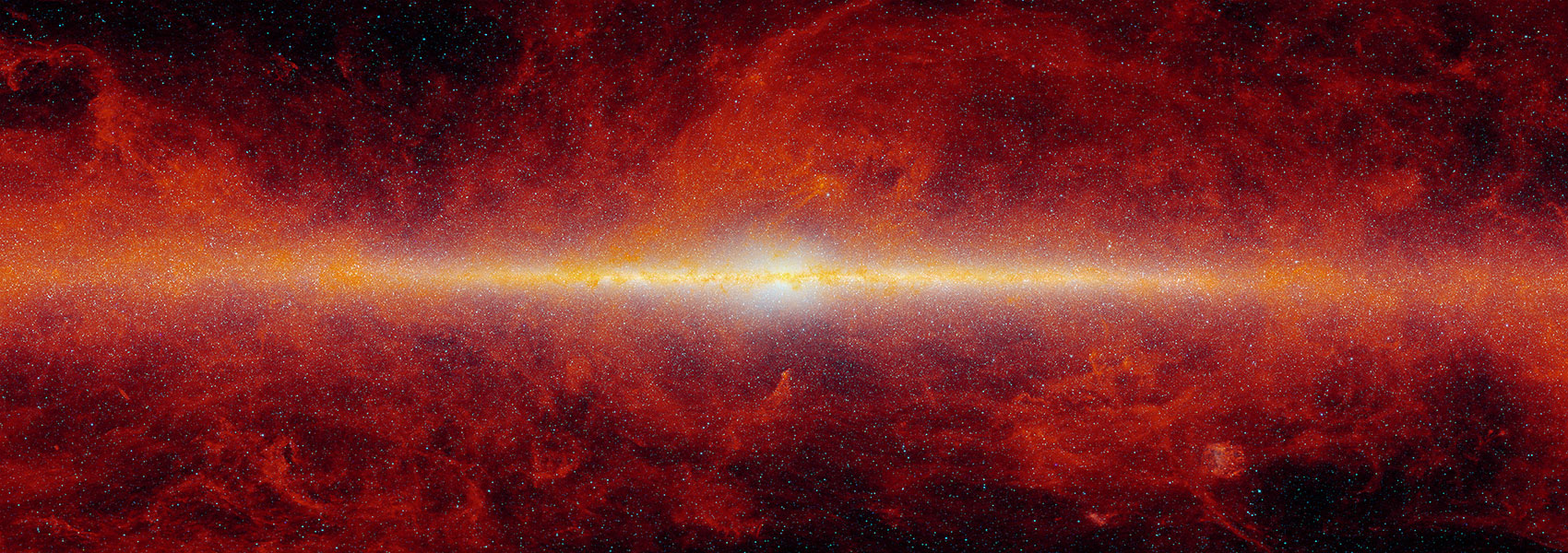
JWST/MIRI detects the dusty SN1993J about 30 years after explosion
May 2025 • 2025A&A...697A.132S
Abstract • Context. Core-collapse supernovae (CCSNe) have long been considered to contribute significantly to the cosmic dust budget. Newly-formed dust in the SN ejecta cools quickly and is therefore detectable at mid-infrared (mid-IR) wavelengths. However, before the era of the James Webb Space Telescope (JWST), direct observational evidence for dust condensation was found in only a handful of nearby CCSNe, and dust masses (∼10‑2 ‑ 10‑3 M⊙, generally limited to < 5 yr and to > 500 K temperatures) have been two to three orders of magnitude smaller than theoretical predictions and dust amounts found by far-IR/submillimeter observations of Galactic SN remnants and in the very nearby SN 1987A. Aims. As recently demonstrated, the combined angular resolution and mid-IR sensitivity of JWST finally allow hidden cool (∼100–200 K) dust reservoirs in extragalactic SNe beyond SN 1987A to be revealed. Our team received JWST/MIRI time for studying a larger sample of CCSNe to fill the currently existing gap in their dust formation histories. The first observed target of this program was the well-known Type IIb SN 1993J that appeared in M81. Methods. We generated its spectral energy distribution (SED) from the current JWST/MIRI F770W, F1000W, F1500W, and F2100W fluxes. We fit single- and two-component silicate and carbonaceous dust models to the SED in order to determine the dust parameters. Results. We find that SN 1993J still contains a significant amount (∼0.01 M⊙) of dust ∼30 yr after explosion. Comparing our results to those from the analysis of earlier Spitzer Space Telescope data, we observed a similar amount of dust as was detected ∼15–20 yr ago, but at a lower temperature (noting that the modeling results of the earlier Spitzer SEDs have strong limitations). We also found residual background emission near the SN site (after point-spread-function subtraction on the JWST/MIRI images) that may plausibly be attributed to an IR echo from more distant interstellar dust grains heated by the SN shock-breakout luminosity or ongoing star formation in the local environment.
Links
- PREPRINT http://arxiv.org/abs/2503.12950
- NED https://ned.ipac.caltech.edu/uri/NED::InRefcode/2025A%26A...697A.132S
- POSTSCRIPT https://www.aanda.org/10.1051/0004-6361/202451470/postscript
- ELECTR https://doi.org/10.1051%2F0004-6361%2F202451470
- SIMBAD https://simbad.u-strasbg.fr/simbad/sim-ref?querymethod=bib&simbo=on&submit=submit+bibcode&bibcode=2025A%26A...697A.132S
- PDF https://www.aanda.org/10.1051/0004-6361/202451470/pdf
- DATA https://archive.stsci.edu/mastbibref.php?bibcode=2025A%26A...697A.132S
- DATA https://archive.stsci.edu/mastbibref.php?bibcode=2025A%26A...697A.132S


